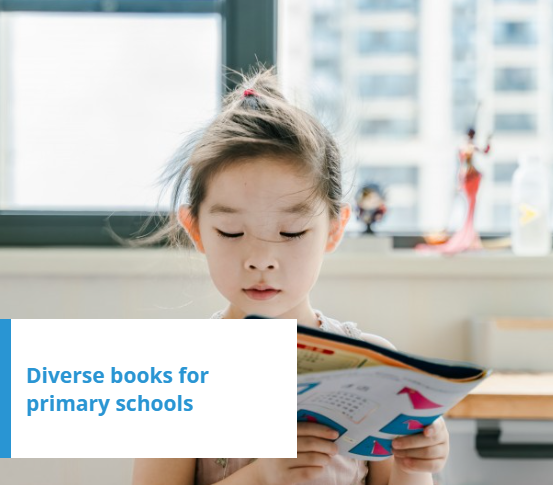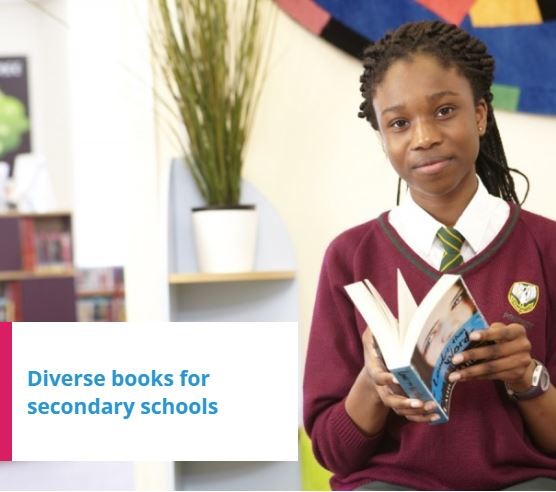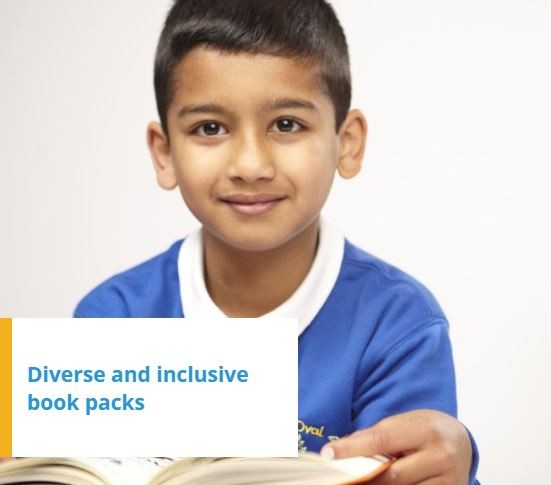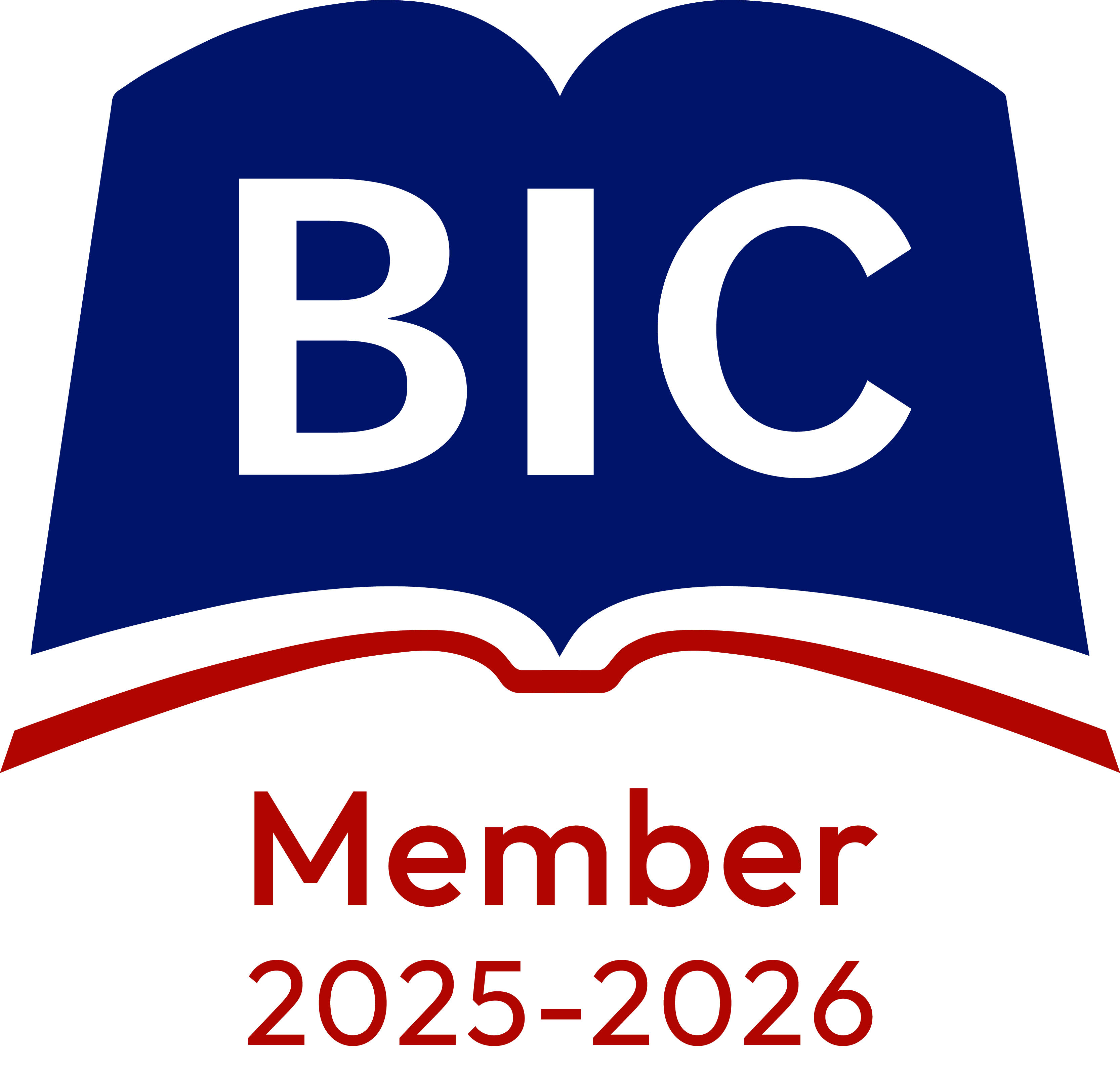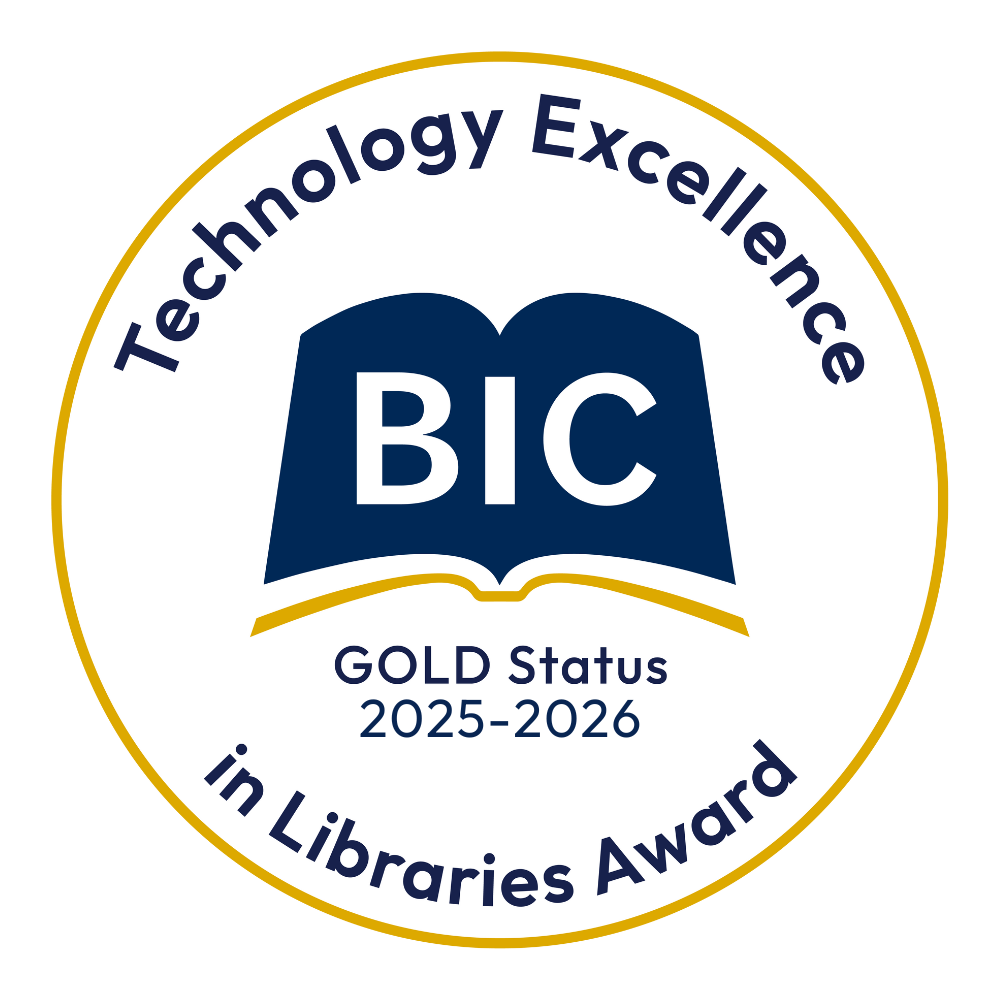For help, advice and telephone ordering call our team on 0121 666 6646
Are you sure you wish to delete this basket?()
This action cannot be undone.
Sorry, something went wrong
Please report the problem here.
How to audit your school library to support diversity and inclusion

September 2nd 2024
Many teachers, school librarians and literacy leads are keen to ensure their school library or classroom book stock reflects the backgrounds and experiences of all students. Children's Book Specialist Stephanie shares the steps you can take towards auditing your book stock and creating a diverse and inclusive library and reading culture.
 |
Stephanie | Children's Book Specialist Stephanie joined the Peters team in 2020 after working as a secondary school librarian and science teaching assistant. Her areas of expertise are KS3 and Accelerated Reader books, and she is a firm advocate for the importance of access to books for everyone. In her spare time, she enjoys reading horror, crime, mystery and thriller titles. |
Why is it important to have diverse and inclusive children's books in your reading selection?
Every child should have the right and opportunity to see themselves and their lives represented in a book, so that they can relate to the characters and stories in the books that they pick up to read.
It is also essential that students come across characters that may have different disabilities or backgrounds to them, as well as read non-fiction books about diversity. We want to encourage them to ask questions, which will spark meaningful discussions and create empathy. Reading can help break down barriers by teaching students that it is okay to be curious and to ask questions, especially about things that maybe different to their own experiences.
Auditing advice for creating a diverse and inclusive library

1. Decide on your criteria. As a starting point for your criteria, it's worth reflecting on what the terms 'diverse' and 'inclusive' mean within your school community, and what you would like your students to understand by those terms.
Diversity and inclusivity are a broad spectrum. Along with race/ethnicity and tracking whether your books feature characters from minority ethnic backgrounds, you should also be considering LGBTQ+, disability and neurodiversity, regional differences, socio-economic and religious backgrounds.
2. Complete an audit of the books you already have access to. Remove anything that maybe inaccurate, outdated or prejudiced. To help, ask yourself questions like: are the characters in the books an accurate representation of UK society? Are the diverse characters central to the story?
3. Audit a random sample. If you have limited time and cannot audit all of your stock, try taking a sample (e.g. ten titles) and using those to extrapolate. For example, if only one of your ten books features a character of colour, you can deduce that this will apply to approximately 10% of your stock. Another option is to audit a specific genre and go from there.
4. Audit new purchases. Make the decision to start recording diversity data on new books you bring into your library or add to your primary curriculum or secondary curriculum book stock. As time goes on (particularly if you weed older stock too), you will be collecting useful information and building a comprehensive picture of your book stock.
Top tips for finding inclusive books and books about diversity
We know that time is a factor, particularly if your school doesn’t have a dedicated school librarian, or if you’re part-time. However, if you’re aware of any new diverse and representative books for libraries, you’ll be able to confidently add them to your shelves and recommend them to your pupils.
5. Keep an eye on book awards. Following diverse awards such as The Diverse Book Awards, The Polari Children's and YA Prize and the Jhalak Children’s and YA Prize will help you discover new releases.
6. Use keywords when searching on our website. The keyword search on our website can be used to identify childrens books about diversity with a range of diverse characteristics. This includes books by Black, minority and ethnic authors and illustrators; as well as diverse characters that explore disability, neurodiversity and LGBTQ+ issues.
7. Use the expertise of our Librarians. We have lists and book packs on our website divided by Key Stage and by a particular theme or issue. Our dedicated diverse and inclusive books webpage which includes book lists and book packs could be a good way to produce your own list of suitable titles.
Engage all students with your library or reading provisions
8. Share diverse book recommendations with your students. Be aware when students ask for recommendations from the shelves, including being aware of your own implicit biases. Be willing to recommend a wide range of material. Consider your book choices too if you read with your students, or run a book club. A book which reflects your students' situation, or opens their eyes to a different perspective, can inspire them to seek other titles and read independently.
9. Research themes or experiences that appear in your audited stock. We don’t all have the answers to students' questions, but we can become more confident talking about books with students when they relate to a particular theme or experience. Maybe it's about pronouncing their name right, or seeing a character in a graphic novel that has the same type of hair as them. Maybe they are from a single parent family, have a disability, or are experiencing food poverty.
10. Ask your students to help you choose new books. Involving them in this process will help cement the truth that the library is a space made and curated for all who visit it. Get them involved in purchasing some new books: take to your local independent book shop, library, or visit the bookshop here at Peters.
11. Create a representative book display. If you’re setting up themed and topical book displays, make sure they feature books that reflect a wide range of backgrounds and interests. For example, when creating a teen romance display for Valentine's Day, ensure LGBTQ+ romances are given equal coverage. Displays about awareness dates such as Black History Month and Neurodiversity Celebration Week are great, but ensure you are incorporating diverse stories in your displays all year round.
12. Arrange an author visit. An author visit can help demystify this career sector and bring shared experiences, inspiration and creativity right into your school. These visits can encourage students from all backgrounds to become readers and writers. Authors Aloud UK have a comprehensive list of authors you can book for your school. Puffin Virtual Visits also offer online author and illustrator visits each term.
|
If you are seeking professional support with auditing your school's stock, we can help. Our Children's Book Specialists visit schools across the UK and carry out services including existing stock analysis, library re-organisation, and library consultation.
|
Learn more about increasing children's access to inclusive books
Discover our team's diverse and inclusive book recommendations
|
|
Read next:10 ways to make your library more accessible to neurodivergent students |
|
 |


